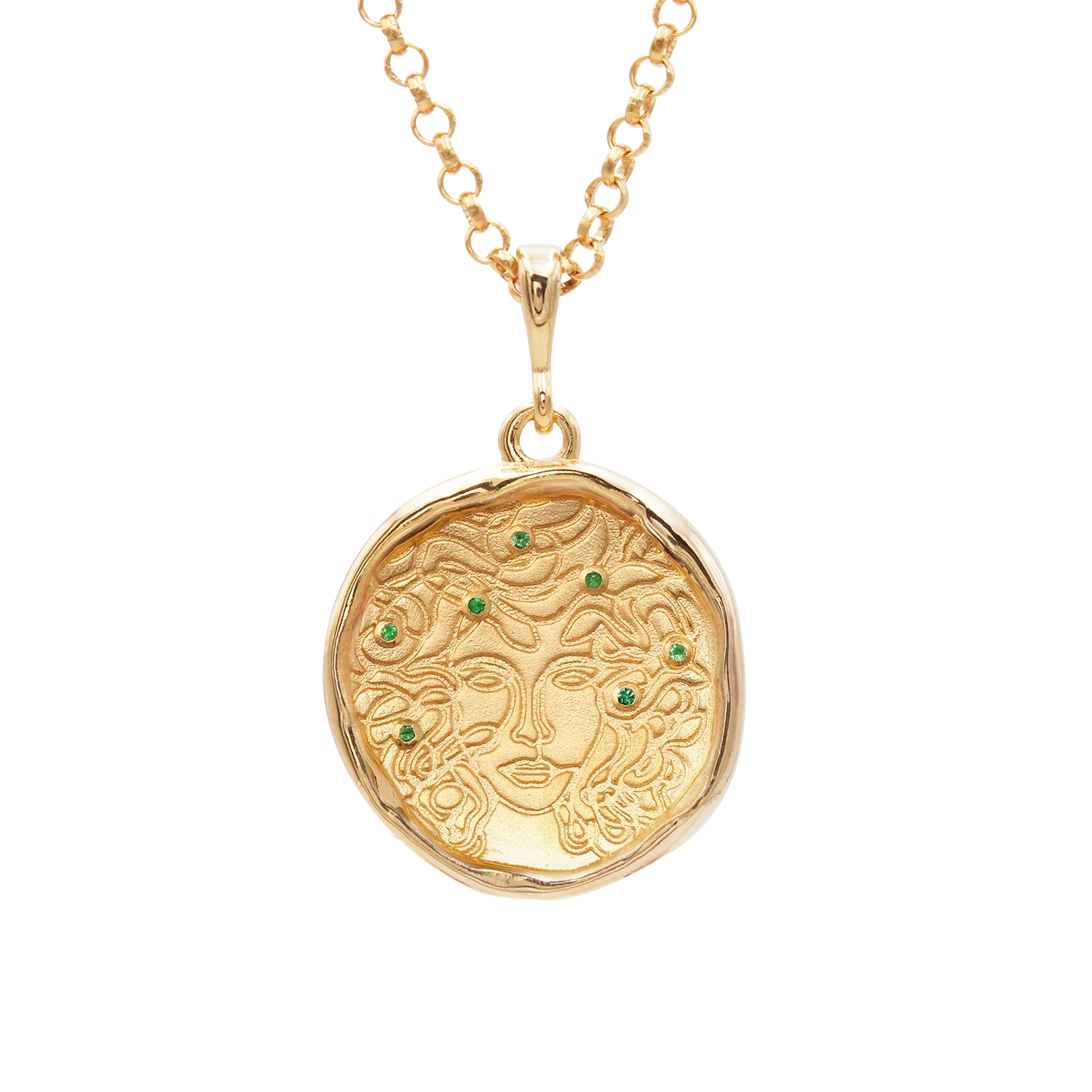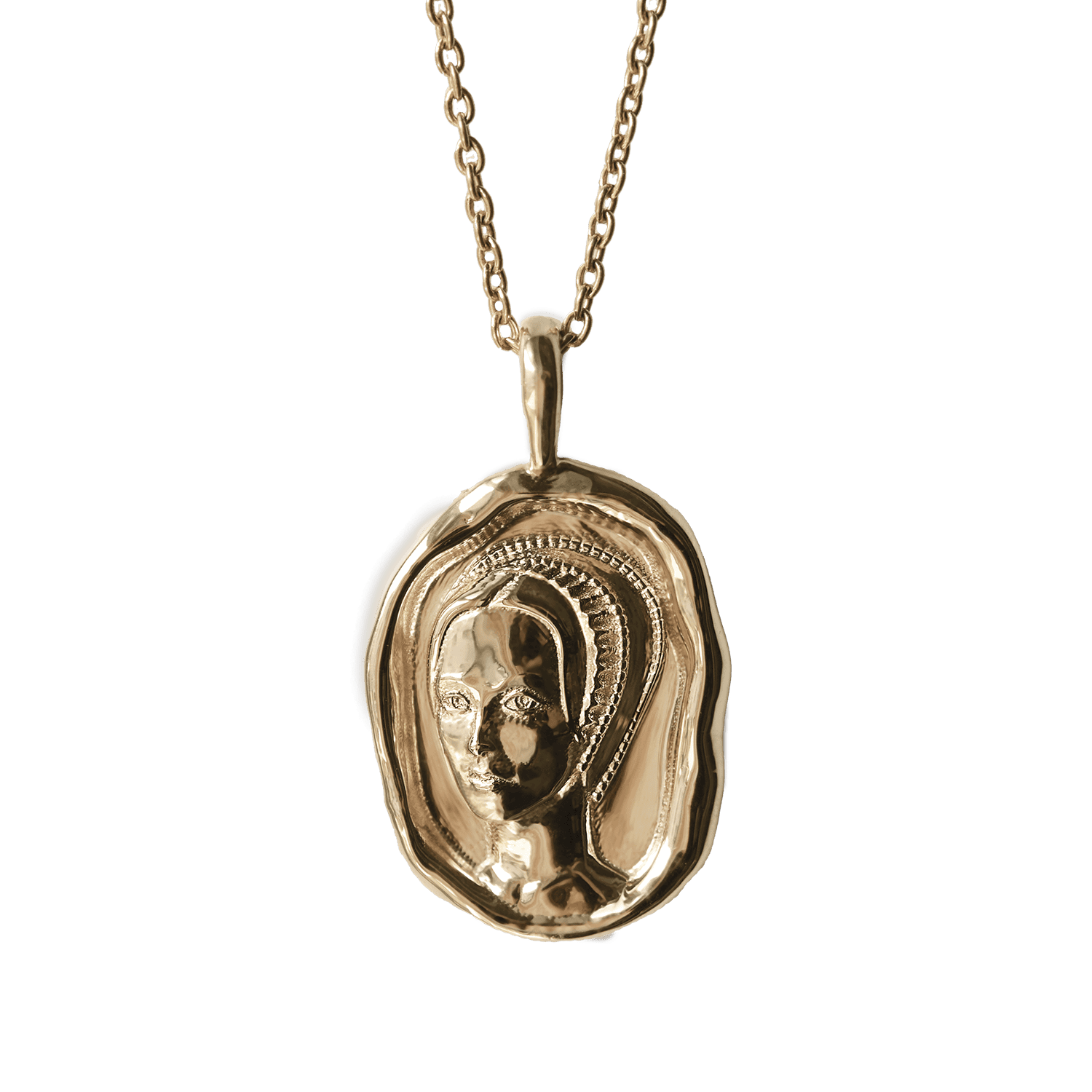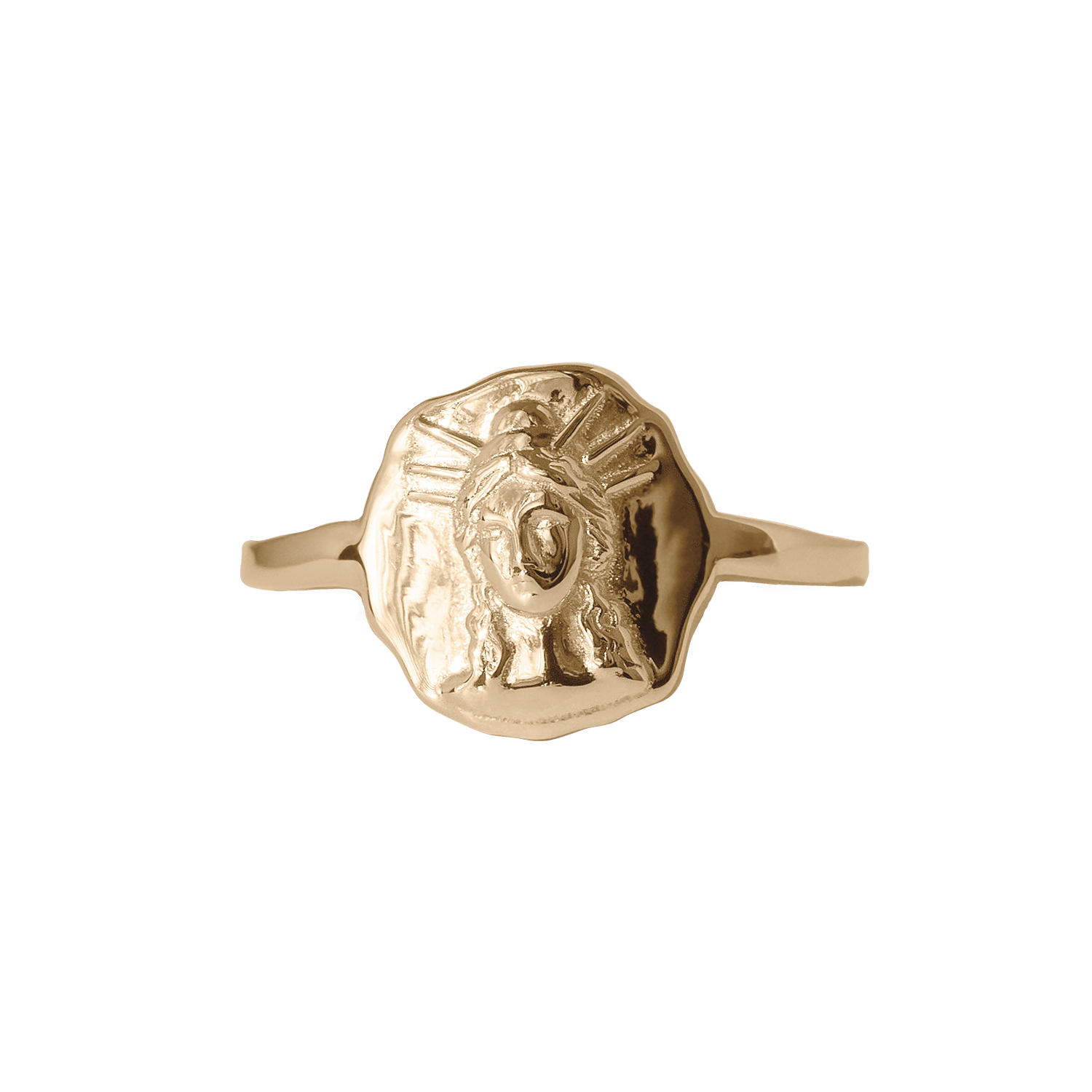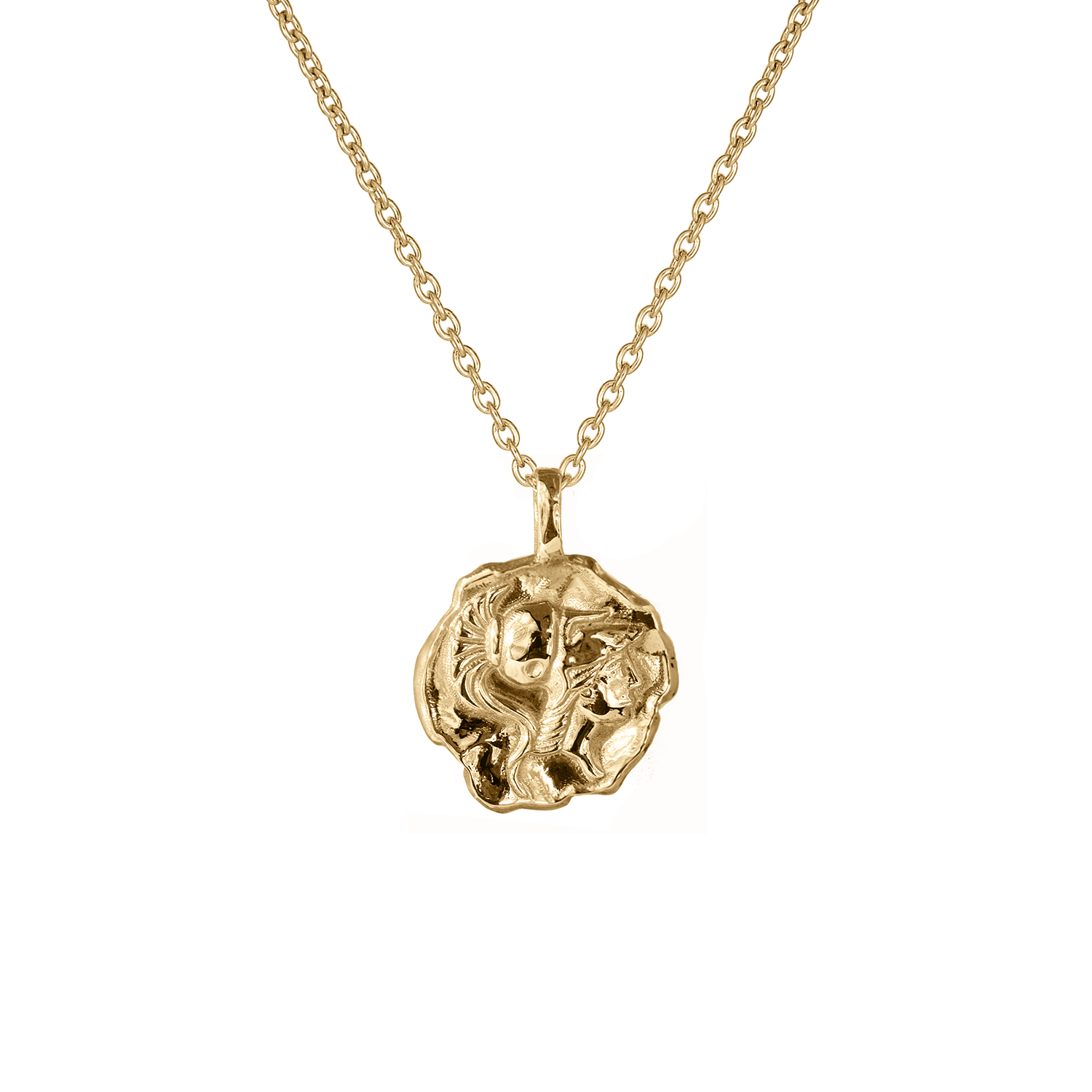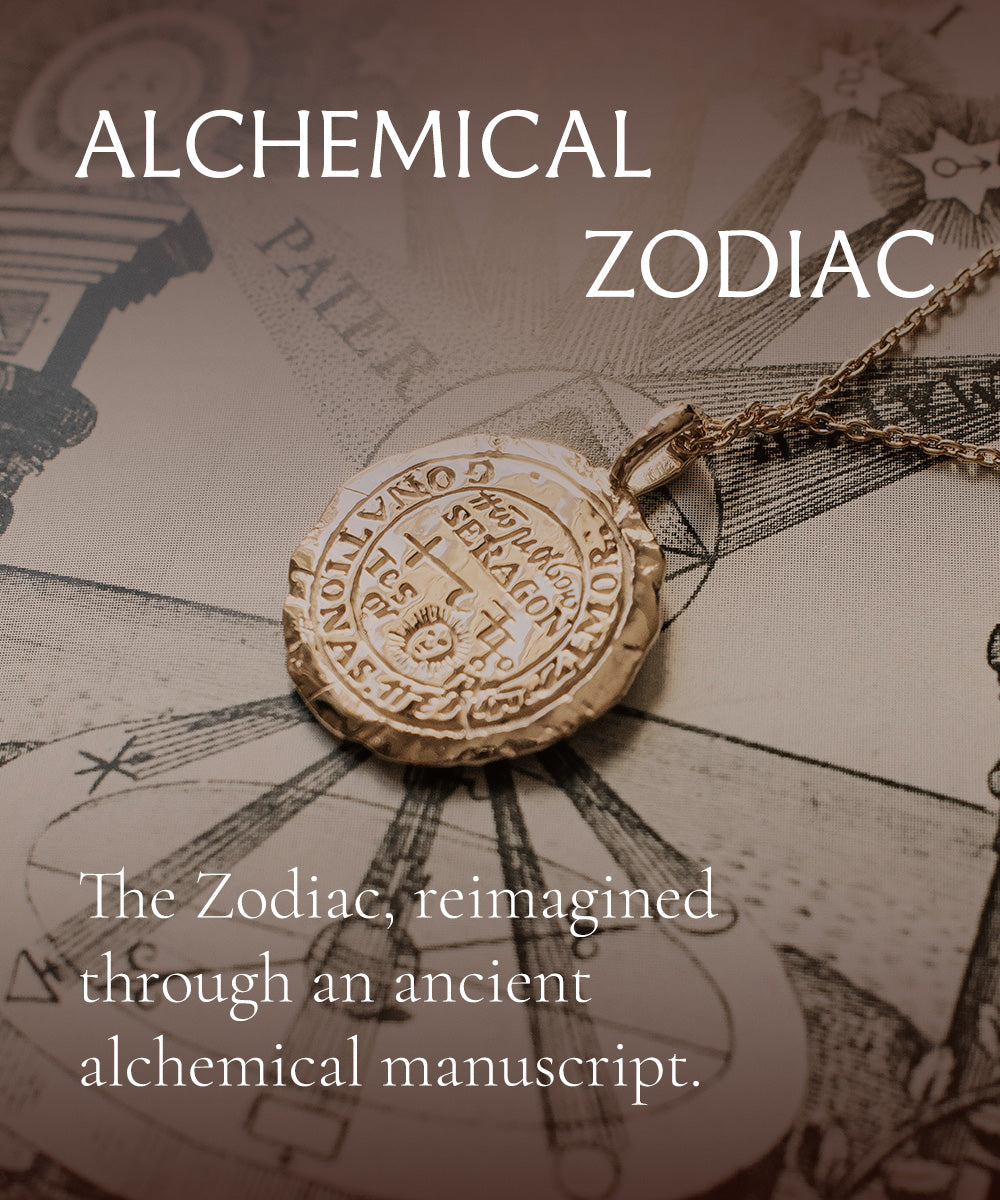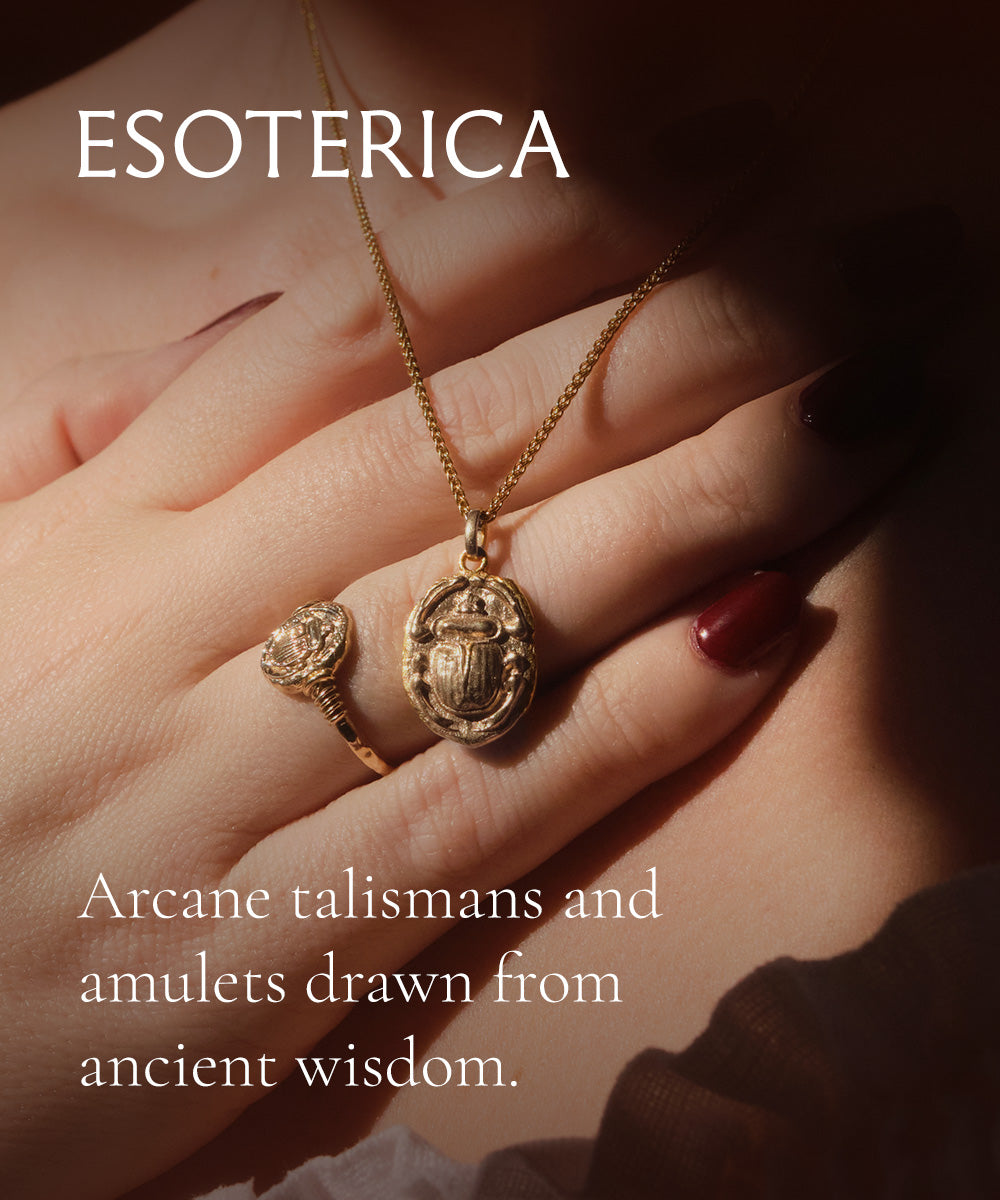Born in Rome to English parents, John William Waterhouse grew up surrounded by ancient history. His early work was classical in nature, exhibited at the summer exhibitions at the Royal Academy of Art. But Waterhouse’s most famous work is reminiscent of an earlier era. Inspired by pre-Raphaelite paintings, much like Millias who painted the famous Ophelia, Waterhouse’s inspiration turned to antiquity.
An artist after our own hearts and a patron of the muse Clio, his inspiration came from a love of ancient literature and poetry. From Homer he painted Sleep and his Half-brother Death, and from Ovid he was inspired to paint Echo and Narcissus. He took inspiration from both poets to paint Circe thrice over: Circe Offering the Cup to Ulysses in which the sea witch seeks to put the man under her spell, Circe Invidiosa, in which she pours poison in Scylla’s pond, and finally, The Sorceress, in which Circe muses at her worktable, thinking on some problem, a clever solution just within reach.
Waterhouse paints Circe as cunning, beautiful, dangerous. Offering the Cup shows a woman self assured, sitting on a throne-like chair, her hair lifted as if power radiates through her like electricity. Invidiosa shows a woman scorned, full of pain, pouring out her cold rage in a careful, calculated stream.
In The Sorceress, she is candid. Lovely, if muted. She is surrounded by soft pinks and yellows, not the blistering greens of her previous studies. Her eye is cast over the table, looking at something we cannot see from where we stand, viewing the painting. She is lost in thought. A wine glass lies spilled, not by accident, knocked aside by a woman struggling with an obstacle of the mind. Waterhouse paints women as they are: complex, multifaceted, morally grey. A goddess she is, but here, Circe’s humanity leaps out from the oil paint.
Waterhouse painted many, many women of history and myth. He painted them lost in thought, curious, intellectual, lounging, begging, furious, laughing, stoic, cunning, jealous, lovelorn, longing. He painted strong chins, upturned noses, and long hair that reflected their state: bound up, caught in the wind, or swirling in the deep.
He painted Miranda from Shakespeare’s The Tempest. Waterhouse clearly read Tennyson, from whom Waterhouse found his The Lady of Shalott, a subject to which he would return twice over. Like his contemporary, Millias, Waterhouse also painted Ophelia. Like his studies of Circe, Waterhouse painted Hamlet’s love thrice over. The idea of women and water and death gripped his mind like a vise. Naiads, Sirens, Mermaids, Miranda on the shore and Echo at the pond, Waterhouse glimpsed the eternal feminine in the waves, and spent his life in awe of it.